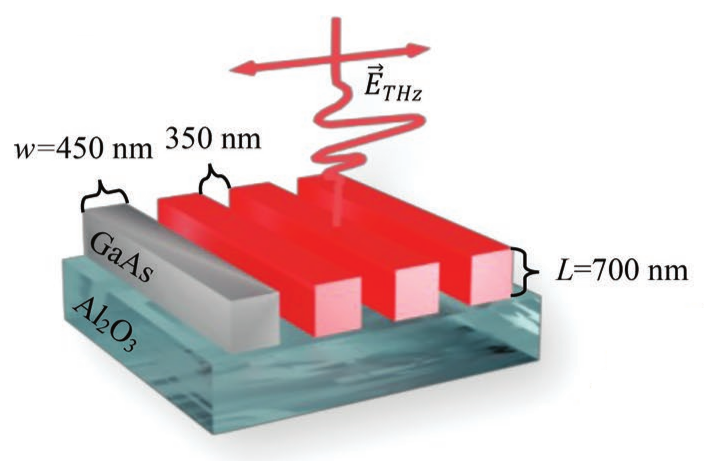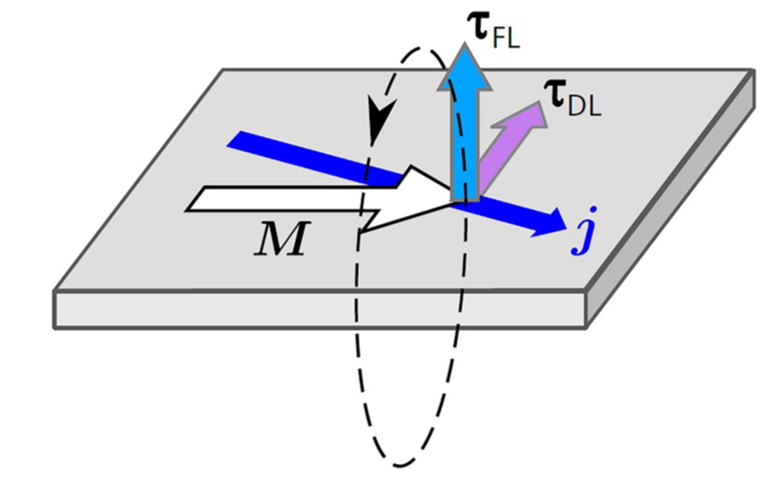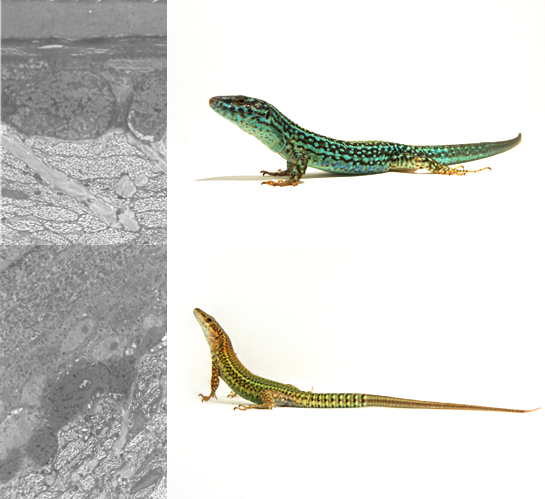Theory of Optics of Materials
Ultrafast phenomena in materials result from interaction between many sub-systems (electrons, holes, photons, kinetics of atomic nuclei, electron spin oscillations, …), which form a very complex interacting system, whose decription we aim at. We seek key microscopic interactions which determine the material response to external stimuli; we are then able to develop simplified models, suitable for fast predictions of the behavior of similar materials. Theoretical analysis also allows one to design an experiment in which we measure selected microscopic properties of a class of substances or even to design a prototype of an electronic/optical component. Last but not least, the theory is helpful in the analysis of experimental data, for example by numerically solving kinetic equations with given initial conditions. In the theory group led by Tomáš Ostatnický, we focus on the description of phenomena caused by the interaction between the electromagnetic field and electron systems and we are engaged mainly in the following topics:
Terahertz optics of (not only) nano-objects

Description of the electron dynamics in terahertz fields (oscillation frequency of the electromagnetic wave is of the order of 1 THz, wavelength is then 300 μm) is complicated by the fact, that the electron-impurity or electron-electron scattering timeis comparable to the oscillation period of the probe electromagnetic field. The electron kinetics can be therefore considered neither as approximately periodic nor correlated with the external field. As a result, it is not possible to use common approximations known from optics theory or transport theory. We have to develop more accurate (and more complicated) quantum models, dedicated to the particular system under consideration.
Nanocrystals represent one of the systems in which we can observe significant deviations of experiments from the purely optical/transport predictions. Electrons oscillate within the nanocrystal volume at frequencies of the orders from 0.1 to tens of THz, revealing isolated resonance in the THz absorption spectra. The appearance of such resonances is common for all nanostructures and our goal is to predict the condictions under which the resonances are abservable and what is their spectrum. We also collaborate with experimentalists and we analyze their data.
Magneto-optics and spintronics
The effect of the net magnetization of materials (macroscopic ordering of electron spins) on their optical response is a weak effect due to the missing direct spin-to-photon interaction. Yet it is possible to observe the fingerptints of magneto-optical coupling in real systems and consequently, the optical methods became important in spintronic research thanks to their hight temporal and spatial resolution and also reliability. Out theory group's aim is then to support the Spintronic group, aiming at the design of experimental methods, data analysis and other supporting theoretical analyses.

Applied optics

We aim at theoretical research of the structure of biological tissues which produce bright coloring, in particular the skin of lizzards, in collaboration with the Faculty of Science of the Charles University. The skin is composed of several types of cells which can contain ordered or disordered structural units (nanocrystals, organoids filled by dyes) and these structures can behave like photonic crystals or other photonic structures. This mechanism of light scattering is then responsible for skin coloring, typical for particular species. Our group contributes to the development of a method for estimation of the skin coloring, based on the knowledge of its microscopical structure. Such informations can be subsequently used in the biological research in order to examine inter-species variations.


